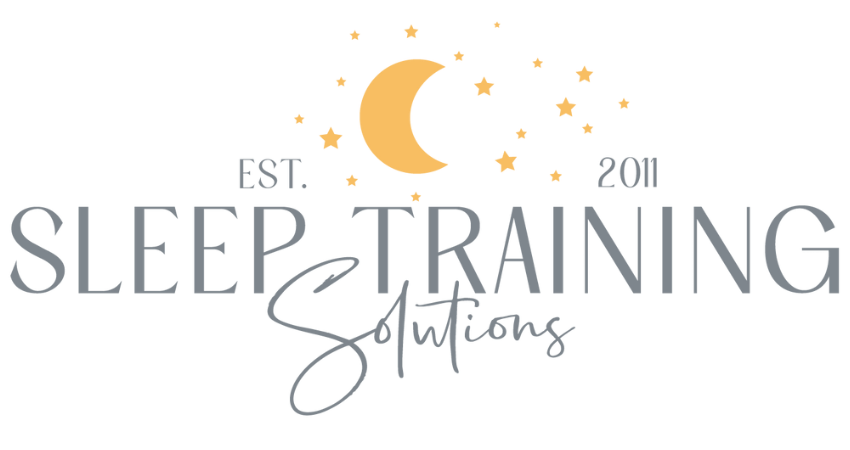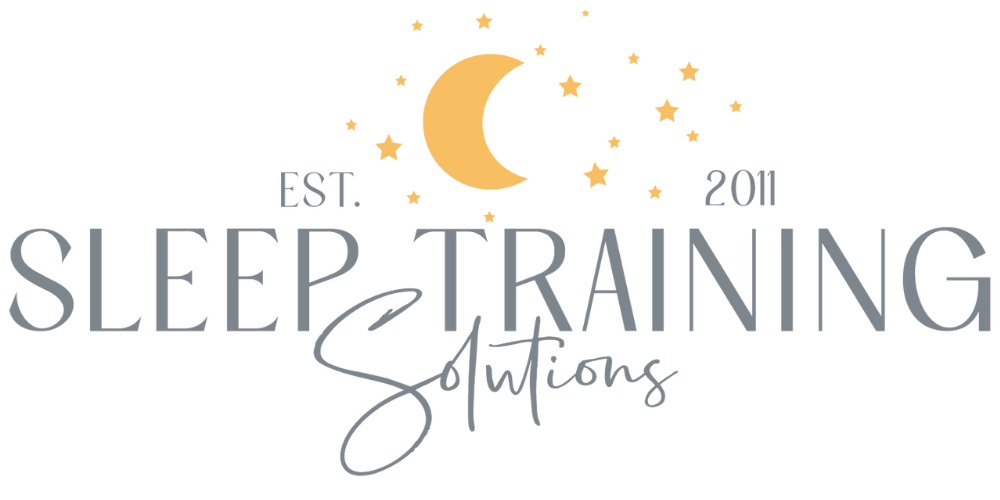6 Tips for Setting up a Safe and Healthy Nursery
I got this note today from a mom named Kate:
When I was pregnant with my first baby, I’m embarrassed to admit I was more focused on how the nursery looked (color-coordinated, matching fabrics, etc.) than whether I was using the safest paint or taking the healthiest precautions with fumes, etc.. Baby #2 is due in a few months and I would like to start setting up the nursery in a safe way, right from the start. Can you give me some suggestions? Thanks!
Great question, Kate!
I LOVE when parents come to me with these proactive questions about the sleep environment. So here are 6 tips for setting up a safe and healthy nursery, but here’s a bonus: they’ll be relevant anytime your child changes rooms (i.e. if you move into a different house):
1. Paint
There are so many options for paint these days! The best option is one that says it’s a zero or low-emitting paint for indoor use. Some low VOC paints are actually meant for outdoor use, not indoor, so choose carefully! Here is a great article on Babycenter that explains what VOCs are and which paints are best.
The room should also be painted well ahead of time…many experts recommend at least 4-6 weeks prior to the baby coming home. And make sure to ventilate the space too!
If you’re going back and forth on paint colors, have a look at this article I wrote about choosing the right color for a soothing bedroom!
2. Crib Mattress
The two most important rules for mattresses: choose a firm mattress and be sure to air it out! A firm mattress is important not only because of SIDS guidelines, but for good spine development too. And depending on the type of mattress you get, you’ll want to air it in a well ventilated area (outside would be great!).
3. Furniture
If possible, choose solid wood pieces for the nursery…preferably made with wood pegs, nails, and screws rather than adhesive. Engineered wood pieces (with a veneer and plywood underneath), will have adhesive and other chemicals within the wood. If you do have a new piece that is not solid wood, be sure to let it sit outside or in another ventilated space to air out.
And if you aren’t using a brand new crib, be sure to check whether it meets current safety standards here.
4. Bedding
By now, you probably know that a matching quilt in the crib is a no-no with SIDS guidelines, so keep the crib simple with just a mattress pad and crib sheet. You don’t need a bumper (again, you don’t want your baby to roll into and cut off his air supply!).
And while we’re talking about the crib, the only crib “toys” that should be in there with your child is a small blanket and/or small stuffed animal (for babies over 12 months). If you have an entire army of teddy bears (visions of E.T. in my head right now!), it will be really distracting and harder to fall asleep. And older toddlers will use this request (of more stuffed animals) as a stall technique, so make it a rule early on so you don’t have to have those conversations…over and over again!
5. Detergent and Cleaning Supplies
Part of the fun of setting up that new nursery is washing all of those cute clothes and getting the room ready for baby! Make sure to use gentle, sensitive, fragrance and dye free, non-toxic detergents and natural cleaning supplies. I’ve seen lots babies react to fragrance with rashes and itchy skin, which makes it quite hard to sleep well, so best to err on the side of caution and use the most natural kinds. The line I use personally doesn’t require child safety caps because it’s so safe - that is what you want to use around young children!
6. Childproofing
If we’re talking about a safe nursery, we can’t forget how important childproofing is! Parents tell me they thought it was silly to childproof when their baby was a newborn…but then life got crazy busy and next thing you know, the baby is crawling…and they never got around to childproofing!! So do yourself a favor and address it sooner than later.
Some basic precautions to take include securing dressers and bookcases to the wall so they don’t tip over, covering electrical outlets, ensuring windows have locks, any cords from window shades aren’t dangling, curtains are securely attached and crib isn’t right under a window. If the bedroom is on the second floor, you’ll need a gate at the top of the stairs. But I’m not a professional childproofer…
For specific questions, I would contact A&H Childproofers. They are my favorite resource in Chicago for childproofing and offer a free consultation and evaluation. They’ll make all of those childproofing gates, etc. look like they fit your space! They also offer a discount to my clients :)
Related Posts:
This post is for informational purposes only and may not be the best fit for you, your child and/or your personal situation. It shall not be construed as medical advice. The information and education provided here is not intended or implied to supplement or replace professional medical treatment, advice, and/or diagnosis. Always check with your child’s physician or medical professional before trying or implementing any information read here.





